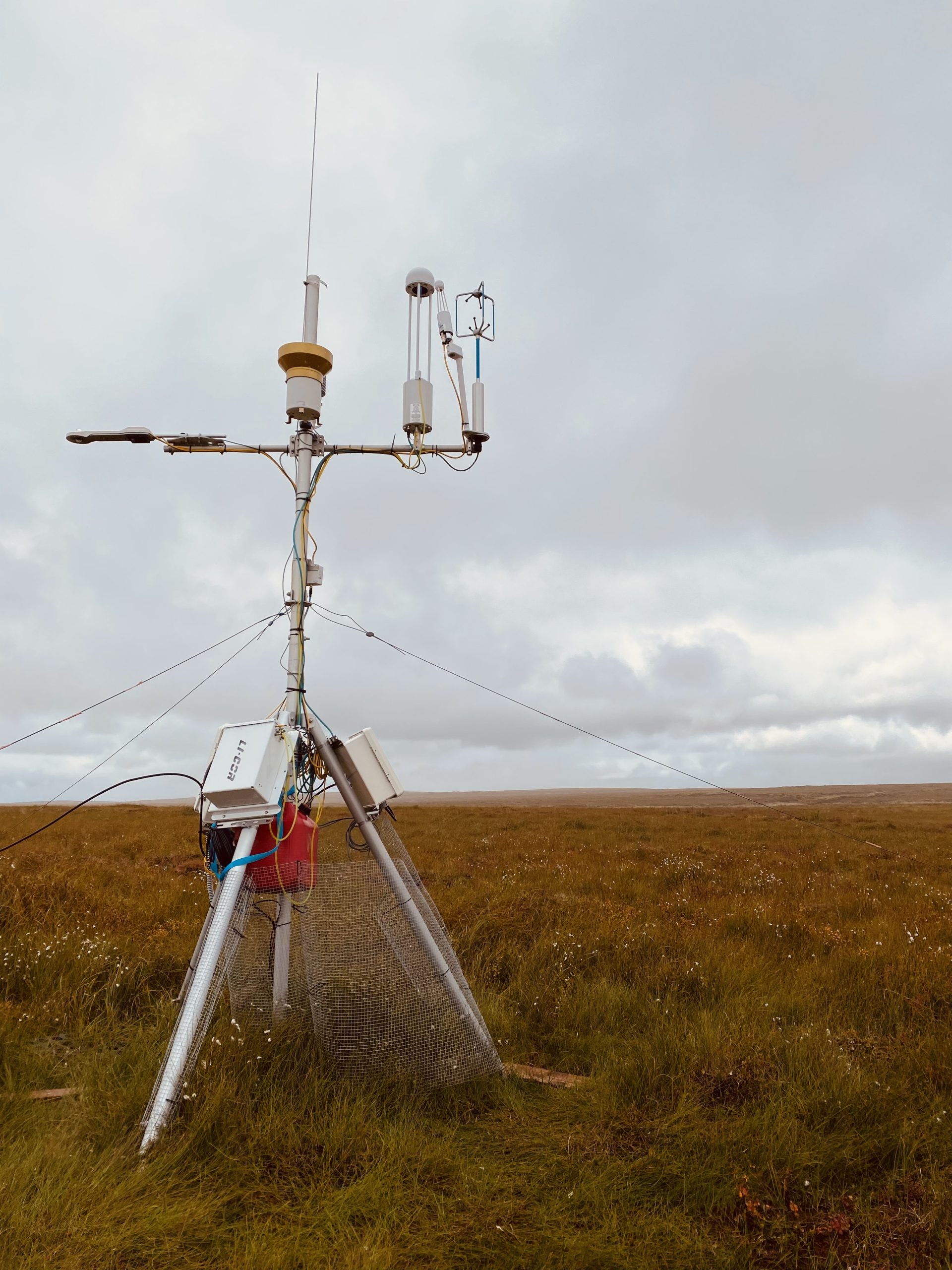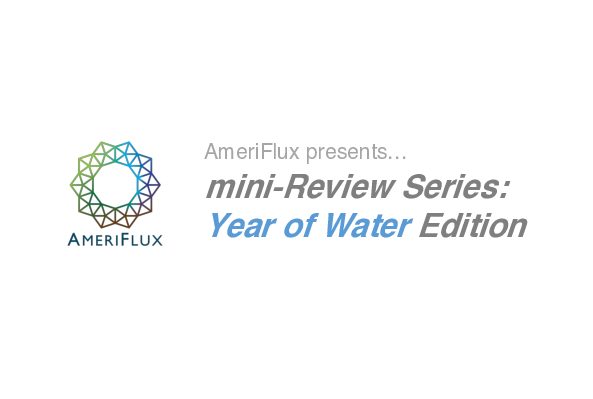Dear AmeriFlux community,
We are launching a “mini-Review” series as part of the AmeriFlux Year of Water. In this short monthly review, we list and provide a brief introduction of recent papers that cover “water fluxes” and leverage AmeriFlux/FLUXNET data and other variety of techniques (e.g., field measurements, remote sensing, modeling, or theories). Through this series, we hope to keep the community up to date with new insights/findings from water fluxes research and recognize this work across the community! We also hope this mini-Review could be used interactively among the community members, serving as a “mini forum”, by adding comments on this post (including critique, related or suggested articles, and so on). Hope you enjoy it!
1. A 10 per cent increase in global land evapotranspiration from 2003 to 2019
By Madeleine Pascolini-Campbell et al. (https://doi.org/10.1038/s41586-021-03503-5)
“It is formidable to see such a huge increase in land ET within a couple of decades, which signifies intensifying water cycle (potentially more extremes). And its main driver is the warming climate!”
2. Interoperability of ECOSTRESS and Landsat for mapping evapotranspiration time series at sub-field scales
By Martha C. Anderson et al. (https://doi.org/10.1016/j.rse.2020.112189)
“The new ECOSTRESS (ECOsystem Spaceborne Thermal Radiometer Experiment on Space Station) mission provides high spatiotemporal resolution thermal infrared information, which is often used to estimate evapotranspiration at large scales and is especially useful for agricultural water management applications. What’s even better is that it’s comparable to old but trusty Landsat products.”
3. Water availability impacts on evapotranspiration partitioning
By Russell L. Scott et al. (https://doi.org/10.1016/j.agrformet.2020.108251)
“Using the recent data-driven algorithms and eddy covariance data, the authors addressed how water availability influenced ET partitioning by comparing two adjacent semiarid study sites, grassland and woodland, that share similar climate forcing but with contrasting water availability (both atmospheric and edaphic). Their results suggest more available water increases transpiration than evaporation, hence influencing ET partitioning.”






Thank you for starting this initiative and calling attention to these papers!